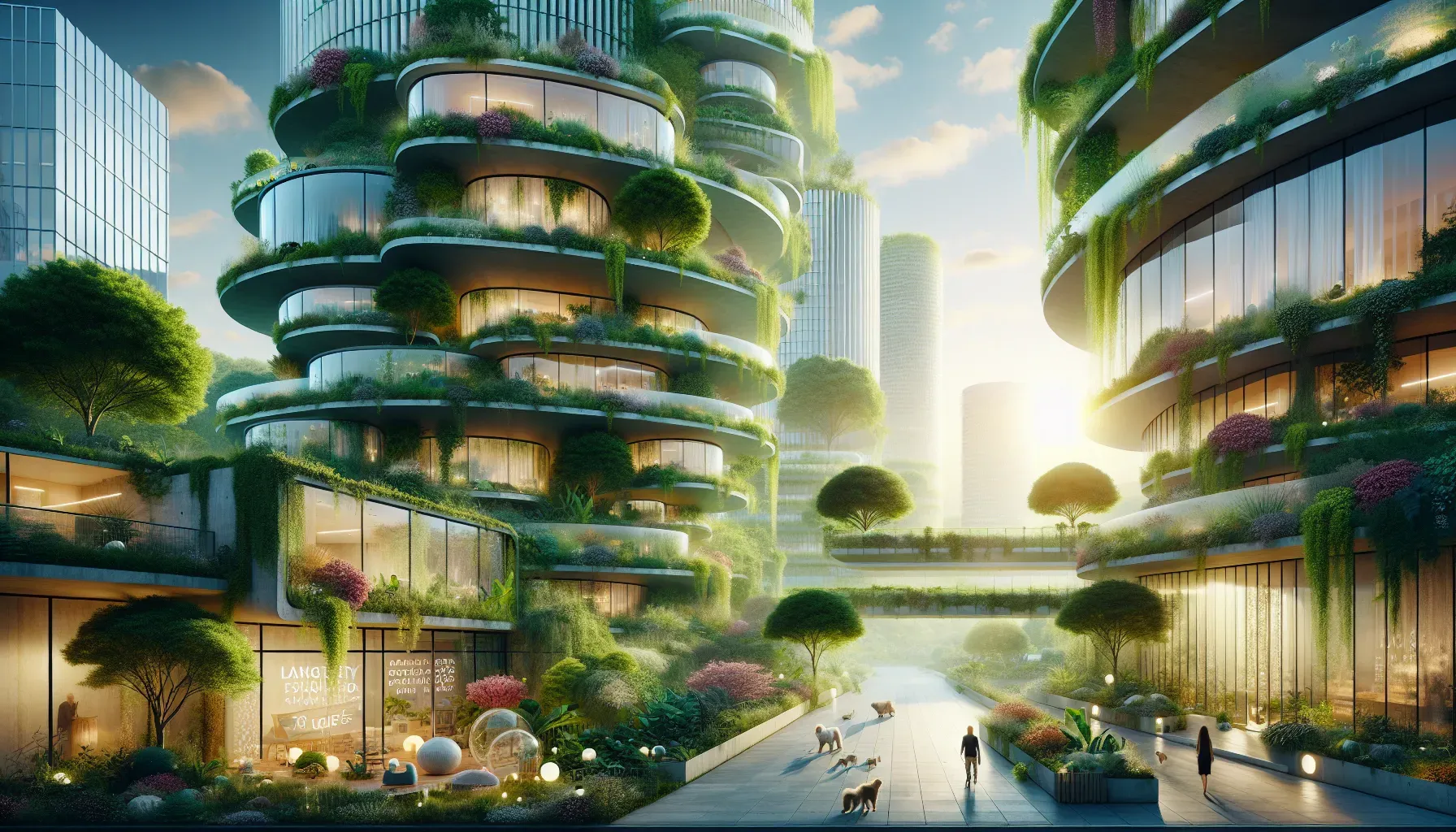Building a Greener Future: Sustainable Architecture in Pet-Friendly Spaces

Eco-design Principles Shaping Modern Pet Facilities and Living Spaces
The concept of sustainable architecture in pet-friendly spaces goes beyond just aesthetics. Architects and designers are now integrating eco-friendly materials, energy-efficient systems, and innovative design principles to create pet-centric spaces that minimize environmental impact. From utilizing recycled and non-toxic materials to implementing passive heating and cooling techniques, these green design principles are revolutionizing the way pet care facilities are being constructed.
In-depth Look at Materials and Methods for Building Environmentally Friendly Pet Homes
When it comes to building environmentally friendly pet homes, the choice of materials plays a crucial role. Sustainable options such as reclaimed wood, bamboo, and recycled steel are gaining popularity for constructing pet shelters. Additionally, natural and non-toxic finishes are being used to ensure the well-being of pets while minimizing the carbon footprint of construction projects. Furthermore, innovative construction methods such as modular housing and 3D printing are emerging as efficient and sustainable approaches to creating pet-friendly living spaces.
Related Article: Greener Paws: Charting the Path to Sustainable Pet Nutrition
Energy Efficiency and Pets: Tailoring the Indoor Environment to Furry Friends' Needs While Staying Green
Energy efficiency is a key consideration in designing pet-friendly indoor environments. From incorporating natural light to implementing smart heating and ventilation systems, architects are focusing on creating spaces that cater to the comfort and health of pets while reducing energy consumption. Advanced thermal insulation, passive solar design, and energy-efficient appliances are being integrated into pet homes to ensure a sustainable and cozy living environment for our four-legged companions.
Landscape Design Fostering Biodiversity and Providing Natural Habitats for Pets
In addition to architectural considerations, landscape design plays a crucial role in promoting biodiversity and creating natural habitats for pets. Sustainable landscaping techniques such as native plant selection, water-efficient irrigation systems, and wildlife-friendly landscaping are transforming outdoor spaces into eco-friendly havens for pets. These green outdoor environments not only enrich the lives of pets but also contribute to overall ecosystem conservation.
Related Article: Eco-Paws: Profiling Green Innovators Transforming the Pet Industry
Profiles on Architects Leading the Innovation in Green Building Solutions for Animal Care Facilities
Leading architects and designers are at the forefront of innovation in green building solutions for animal care facilities. Their visionary approach towards eco-conscious design is reshaping the landscape of pet care architecture. By leveraging sustainable materials, cutting-edge technologies, and biophilic design principles, these professionals are spearheading the movement towards greener and more humane pet facilities.
How Urban Planning Can Incorporate More Accessible and Sustainable Spaces for Pets and Their Owners
Urban planning plays a pivotal role in creating accessible and sustainable spaces for pets and their owners within urban landscapes. From designated pet-friendly zones in public areas to integrated pet amenities in residential developments, urban planners are embracing the concept of pet-inclusive urban design. By incorporating features such as community dog parks, designated pet-friendly pathways, and waste management systems, urban environments can be transformed into welcoming and sustainable spaces for both pets and their owners.
Related Article: Introducing Hybrid Habitats: The Future of Eco-Sustainable Living Spaces for Urban Pets
Analyzing the Benefits of Green Roofs and Walls in Creating Healthier Spaces for Pets to Thrive
Green roofs and walls are emerging as innovative solutions for creating healthier indoor and outdoor spaces for pets to thrive. These living architectural elements not only contribute to environmental sustainability by reducing energy consumption and mitigating urban heat island effects but also provide enriching environments for pets. The natural vegetation on green roofs and walls offers opportunities for exercise, mental stimulation, and sensory experiences, contributing to the overall well-being of pets in urban settings.
From Concept to Completion: The Journey of Creating a Sustainable Pet-Centric Project
The journey of creating a sustainable pet-centric project involves meticulous planning, innovative design strategies, and collaborative efforts from various stakeholders. From conceptualizing environmentally conscious designs to implementing green building technologies, every phase of the project aims to create a harmonious balance between pet welfare and ecological responsibility. Through a holistic approach that integrates sustainability principles with pet-centric design philosophies, these projects exemplify the future of eco-friendly pet care facilities.
Related Article: Green Paws Parade: Eco-Friendly Pet Products in Focus
In conclusion
As we look ahead to the future of pet care architecture, it's evident that sustainability will continue to be a driving force in shaping modern pet facilities and living spaces. By embracing eco-design principles, energy-efficient solutions, biodiverse landscapes, and innovative architectural approaches, we can build a greener future that prioritizes the well-being of both pets and the planet.






